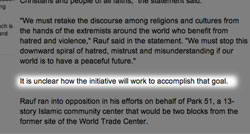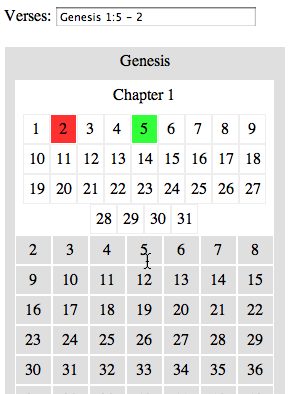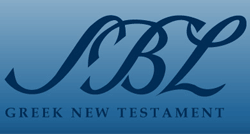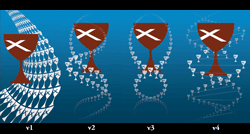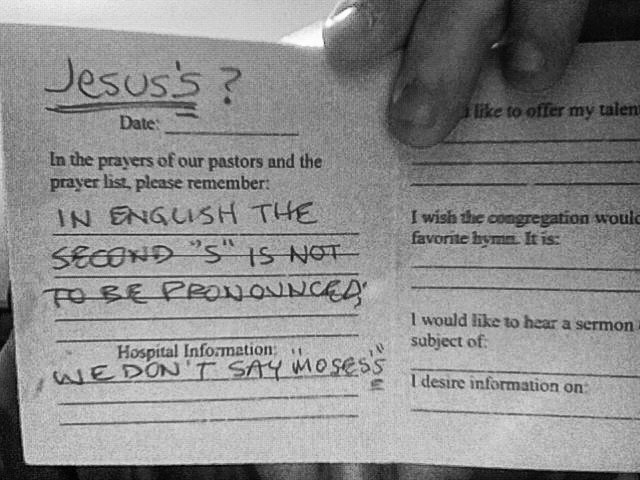The usage statistics for last month showed people going back to my article on why Flickr was better than Picasa Web Albums. I feel I should set the record straight:
I’m back on Picasa, 99%. Picasa Web Albums, now known as the photo section of Google+, have fixed most of the “sharing” features I decried (it’s now the CORE of the social network). They’ve also taken care of the organizational aspects. No longer am I stuck with a one-off app that does photo uploading at a throttled speed. Google+’s photo section now uses a gorgeous AJAX-based photo uploader that is the promised simplicity of drag-n-drop.
There’s still a couple of things that would seal-the-deal for Picasa Web Albums Google+:
- Enable the oEmbed functionality that Flickr and YouTube have. Being able to post a link to the album in a blog and have it automatically embed the slideshow / gallery view would be appreciated.
- Give an option for Downloading Full Album. Right now I post the higher-res versions of photos to my Amazon S3 account and send a link manually. Giving a Download All option in Google+ like you used to have in Picasa Web Albums would also clear that issue.
- Prepare for Apple TV. I realize this is probably a port Apple made on their end with the iOS version of Apple TV … but flickr has a section, why can’t I see my Google+ photos as my screensaver rather than my flickr photos? Do that, and I’m yours … 100%.
People have asked me, “why flickr?” or “why Google+?” “Why not Facebook?” While Facebook has more of my friends than any other network — Picasa reached me first. When I was studying abroad in Italy during college, Picasa was there, ready to share my photos with my friends / family back in the USA. Once I had over 30 albums in Picasa, the conversion hurdle became too great.
In the end, all of those photos I’d migrated over to flickr … I stayed with my Google+ and in one click, I was back to the beginning.
Ping me (ask me) if you have questions or need advice for your church’s image hosting setup.















